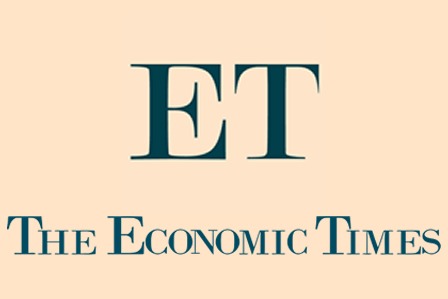It took many years for perception about India to change. Until the nineties we were saddled with the Hindu rate of growth. India was perceived as a lumbering socialist, closed economy pursuing its own command and control policies and uninterested in what was happening in the world. Then came the economic reforms of the early nineties which were a clean break from our past until then. But all the way through to the end of that decade, the external world was not wholly convinced about India’s commitment to economic reforms. Discordant voices in India’s noisy democracy also kept alive doubts about India’s commitment to reforms. Through this time, Indian policy makers were forced to repeatedly assert that these reforms were sustainable and not just a one-time affair forced upon us by the IMF in return for a bailout post our balance of payments crisis in 1991.
As first the Congress government, then the United Front government under two different prime ministers, and then the NDA government kept moving in the same direction, it became more apparent that India was now on a fundamentally different economic path than earlier. Of course, many external events impacted our growth and pace of reforms during this time such as droughts, sanctions, the Asian crisis, etc. As a result growth averaged only about 6% through 1990 to 2004, but this was still almost double that of the decades earlier and therefore still represented a significant change. At the same time, many fundamental reforms were carried out which caused the economy to look very different from its 1990 avatar.
As higher growth took root and the benefits became apparent to both politicians and particularly the Indian middle class, a commitment to take things forward, while never explicitly mentioned in any political party’s manifesto, began to be taken for granted. It was also assumed that the middle class, which had benefited perhaps the most from the changed economic environment, would not support any party that would not continue to open up the Indian economy further. From an external standpoint, after being skeptical of India’s commitment to reforms in the nineties, both FIIs and FDI investors began to see their own opportunities in India and started participating in the country’s growth story much more actively. External capital flows into India increased significantly. That this coincided with the global liquidity boom obviously helped. India took off, and in the years between 2003 and 2007, a general opinion began to form that India could sustainably grow at 8 to 10% for many years. Comparisons with China became more real, the magic of compounded growth made comparisons with the developed world also more interesting specially around 2030 to 2050. India’s limitless growth opportunity was helping us finally take our rightful place in the world order as a rival and partner to the big powers. Questions about India’s commitment to reforms were banished and we were seen as a good place to do business with strong economic momentum and solid macro fundamentals.
However, the years since then have not been kind to India. Of course we had the global financial crisis which has taken the wind out of many sails. But a number of our wounds are self inflicted. We have not had any significant structural changes over the last few years. Domestically, the government is mired in various corruption related issues, project approvals are stuck endlessly, sectoral reforms do not appear to be heading in the right direction whether in the power sector or telecom, infrastructure creation which is so important for expanding the supply side of the economy is in disrepair, energy prices are suppressed adding to the fiscal deficit and yet inflation is high, the high fiscal deficit in turn has been sucking liquidity out of the system leading to higher interest rates. Credit quality of both the sovereign, and corporates has been steadily declining.
Externally billions of dollars invested in India by foreign companies are being written off, the retrospective tax has shaken the foundations of India’s rule of law, FIIs are now unsure of GAAR and of the general investing environment, and stalwarts such as Lakshmi Mittal affirm that there is policy paralysis in India.
In a world where there are many uncertainties, and many places to invest, capital whether foreign or domestic, will find its way to safer havens. International investors are fickle, and they also tend to act together – hence the herd like behaviour of global markets. Once a general sentiment forms, and it takes time to form, it is very hard to change. It took India 15 years to establish its economic credentials to a point where the world sat up and took notice. But now we risk losing this sentiment. We have reached a critical point in our economic evolution. If we continue down our current path, we will surely lose our standing and the economic momentum built up through the hard work of successive governments and policy makers. Global and domestic investor sentiment about India is now at a tipping point.
The future unfortunately is bleak. The next two years appear unlikely to lead to any fundamental change. State elections followed a year later by national elections preclude this. And it appears that whichever political dispensation forms the next government, it will be structurally weaker than this one. So the next 12 months will be crucial in giving us any headroom as we enter a more uncertain phase in our political economy. If this limited time is not well used, then the next few years might very well see us slide back into our past.
Source: Economic Times



